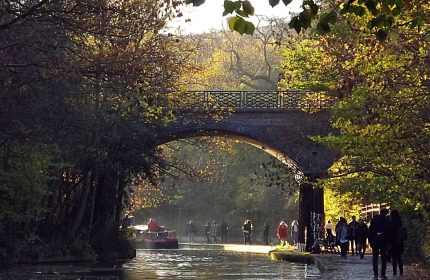Then and now: changes through the years
Life in the 1950s, 60s and 70s can sometimes feel very different than the way we live today.
Little by little, small changes in everything from popular culture to the cost of living contribute to big differences over time.
Today we’re looking back at how we lived then and comparing it with how we live now. How else do you think life has changed?
Average house price
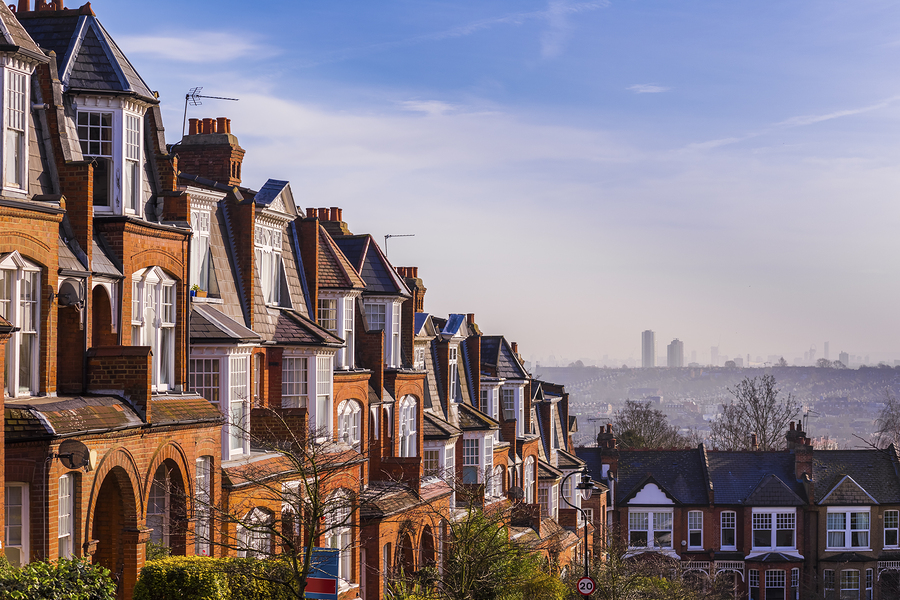
The cost of living has increased dramatically through the decades
House prices are one of the simplest ways we can look at the cost of living, and there is much talk in the press about how unaffordable housing has become. Here’s a look at the average house price in the UK by decade:
• 1950s – £1,891
• 1960s – £3,620
• 1970s – £4,975
• 1985 – £39,500
• 2017 – £226,367
Food and eating
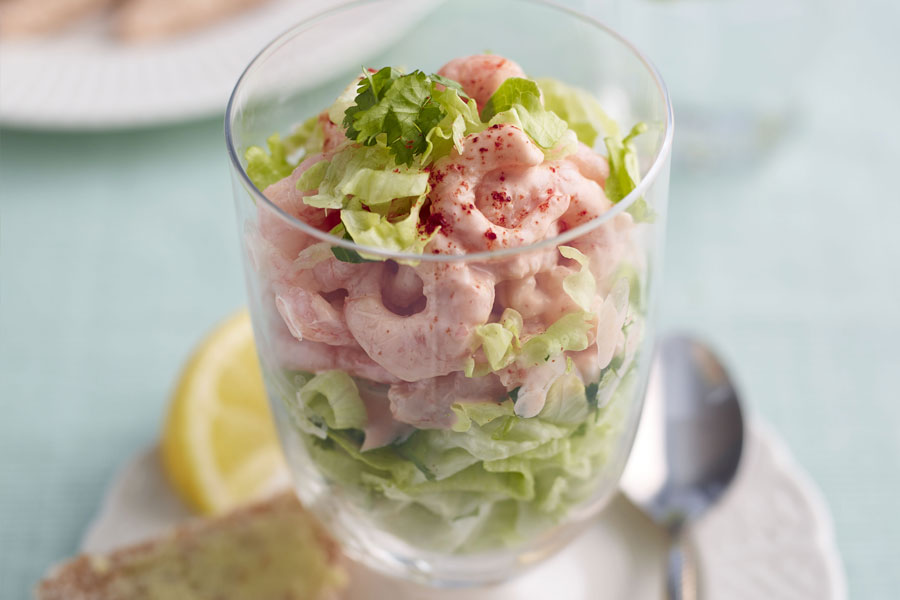
prawn cocktail
• In 1970 the average loaf of bread cost 9p. In 1982, a white loaf averaged around 37p. Today, a white loaf costs an average of £1.05
• Dinner party dishes give an insight into what was popular in food by decade. In the 1950s, Pimento-stuffed olives were the height of fashion. While in the 1960s, a Baked Alaska was a real showstopper. In the 1970s prawn cocktail was commonly served to guests as the starter of choice, while in the 1980s vol-au-vents rose in popularity, as did many other dishes inspired by French cuisine. Today one of the most popular food trends is not the food itself but what its served in: deconstructed dishes and individual portions of desserts served in mason jars and starters served on cutting boards is considered fashionable.
Cars
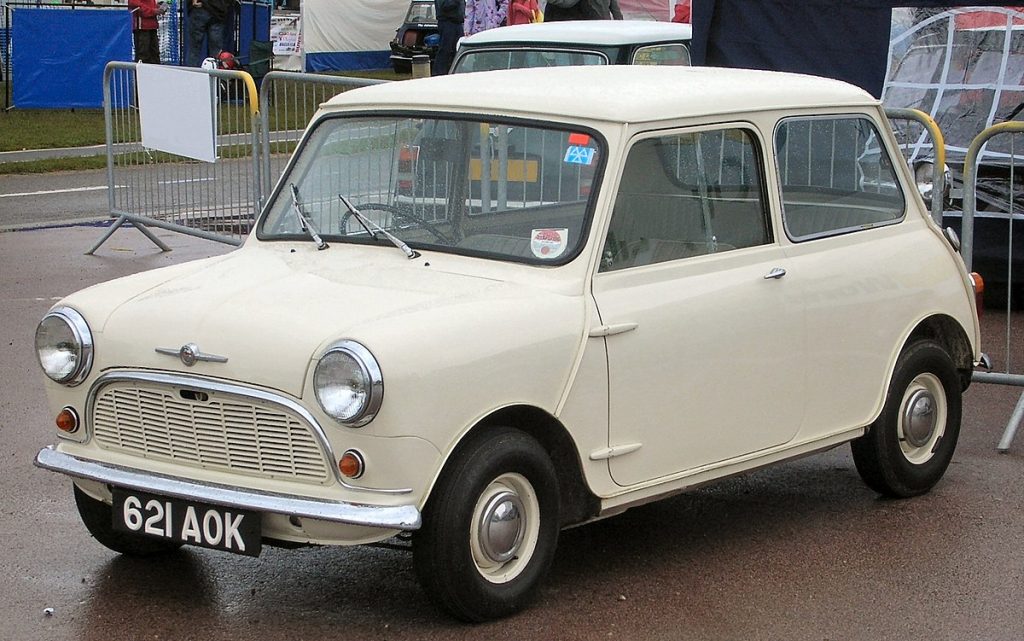
The Mini 1960
• The Mini was first launched in 1960 and sold for £600.
• The Range Rover was launched in 1970 at the cost of £1998. In contrast, 2017 the Range Rover Evoque starts at £30,000.
Entertainment
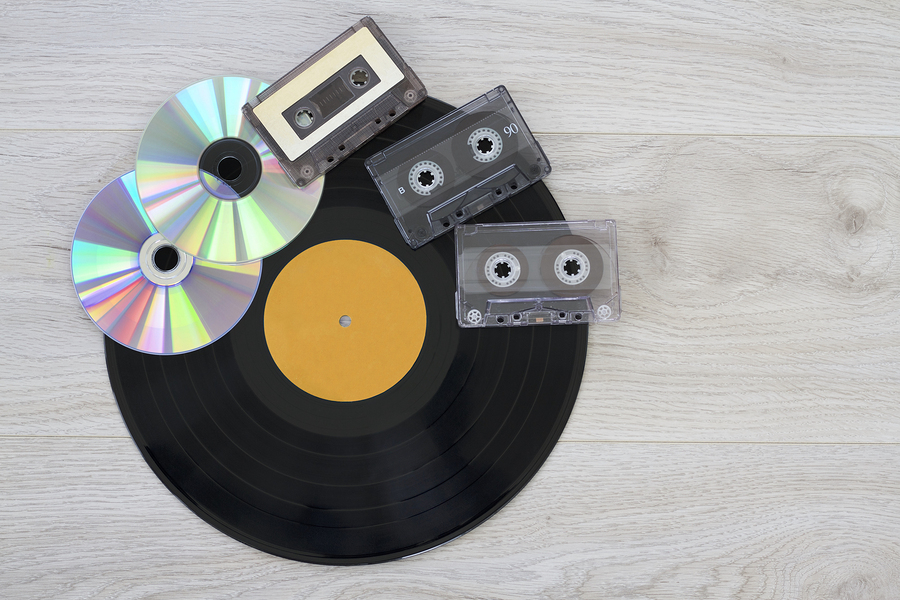
The way we listen to music
• In 1970 a trip to the cinema cost less than 90p. In 2017 the average cost of a cinema ticket is around £10.
• A pint of lager cost just 20p in 1970. In 1982, the average cost of a pint was 73p. Today the average cost of a pint tops £3.
• In 1970, households had just three colour TV channels; BBC1, BBC2 and ITV. Today Freeview viewers enjoy upwards of 27 channels – all in colour.
• The cassette tape was introduced in 1963 and steadily grew in popularity in the 1970s and 80s. The Compact Disk – or CD – was introduced in the late 1970s and by early 1990s outsold the cassette format. Progress continued; with the introduction of the MP3 in the mid-200s, people quickly adopted the digital format instead.
Interior design
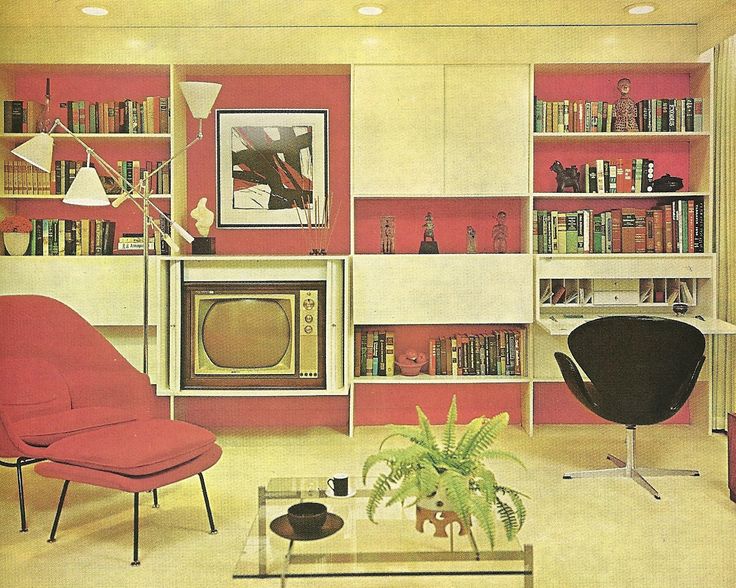
1960s interior style
• How we decorated our homes tells a vivid story about trends through the years. More than four million homes were built between 1919 and 1939 in the UK – and even today design is still heavily influenced by the architecture of this period. In the 1930s, boxy shapes, chrome colours, and art deco all signalled that people were embracing the modern.
• Interior trends of the 1960s borrowed from what came before – Victorian and Edwardian styles were used as the foundations for many designs, and given an irreverent twist with bold colours, textures and patterns. Living spaces were open plan and favoured sliding doors, pine was the most popular wood and ‘s’ and ‘egg’ shape furniture was considered fashionable.
• In the 1970s bold colours and textures were very fashionable. Accessories like shag rugs, peacock chairs and vinyl players were all features of a modern living room.
Rachel - Silversurfers Assistant Editor
Latest posts by Rachel - Silversurfers Assistant Editor (see all)
- Warming Soups - November 15, 2024
- What’s your favourite scary film? - October 26, 2024
- Easy Traybakes for National Baking Week - October 14, 2024
- Practical tips for living with arthritis - October 11, 2024
- 10th October is World Mental Health Awareness Day - October 8, 2024















